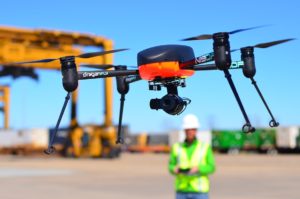
Draganfly was selected by the Australian Department of Defense, Science and Technology (DST) as the integration partner for a project to integrate health monitoring capabilities onto drones. Named the “Vital Intelligence Project,” this effort — using technology developed by the Australian DST and University of South Australia — seeks to equip Draganfly’s unmanned and remotely-piloted aircraft with the ability to detect infectious and respiratory diseases among crowds, airlines, cruise ships, at senior homes and other at-risk areas. With an initial…

 By
By 











